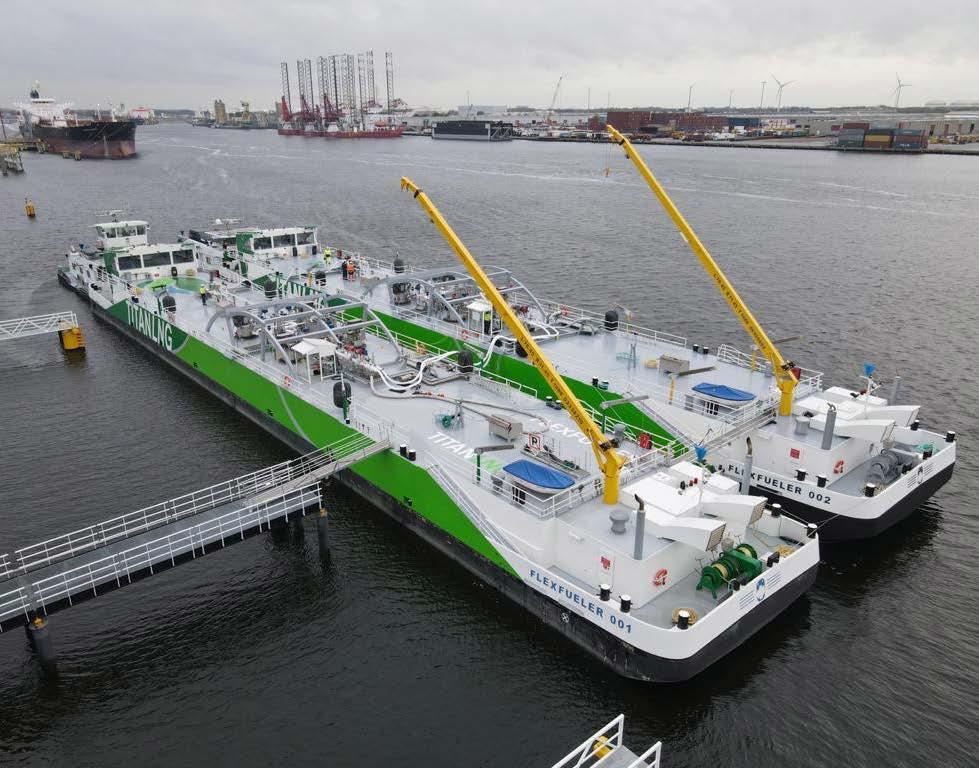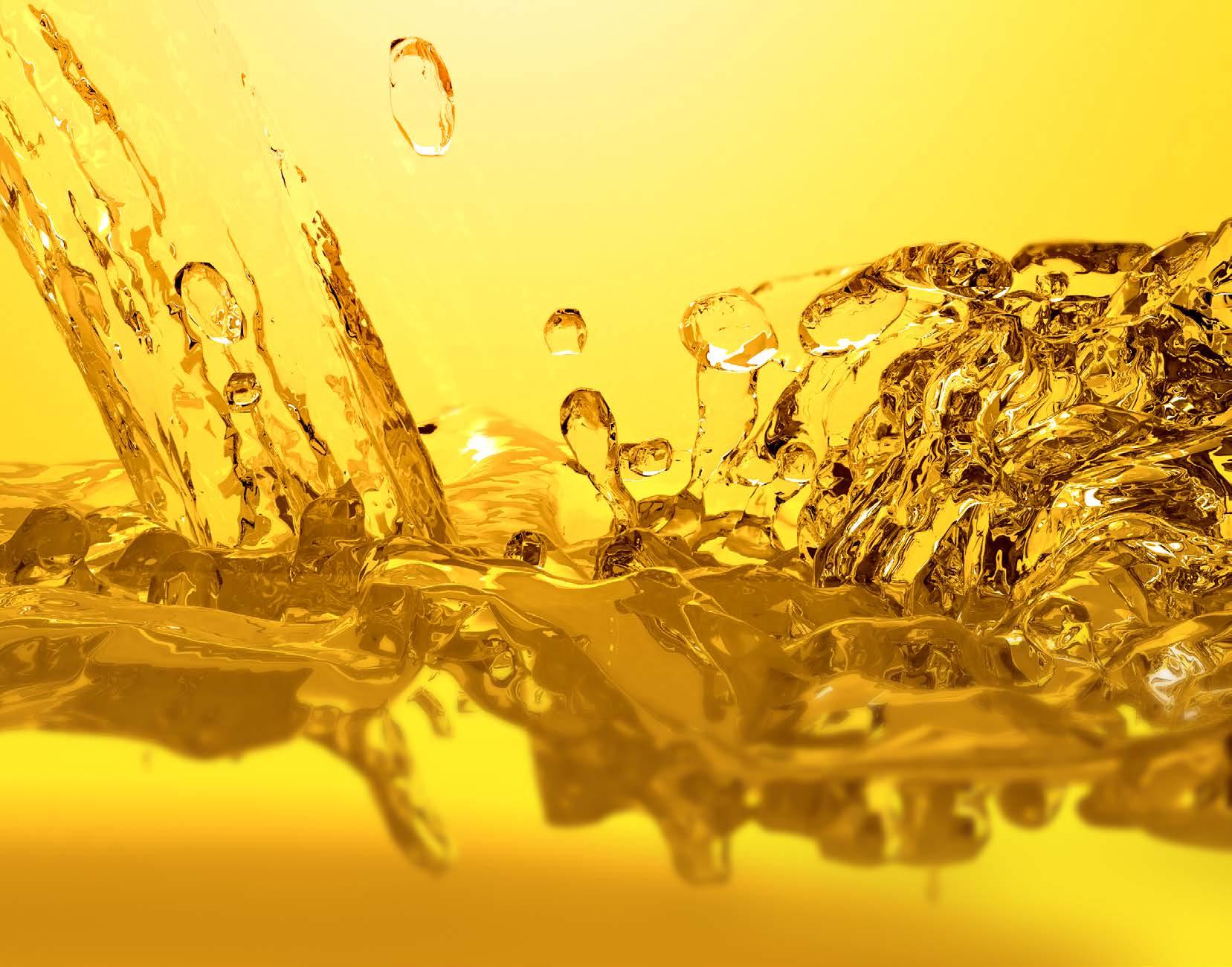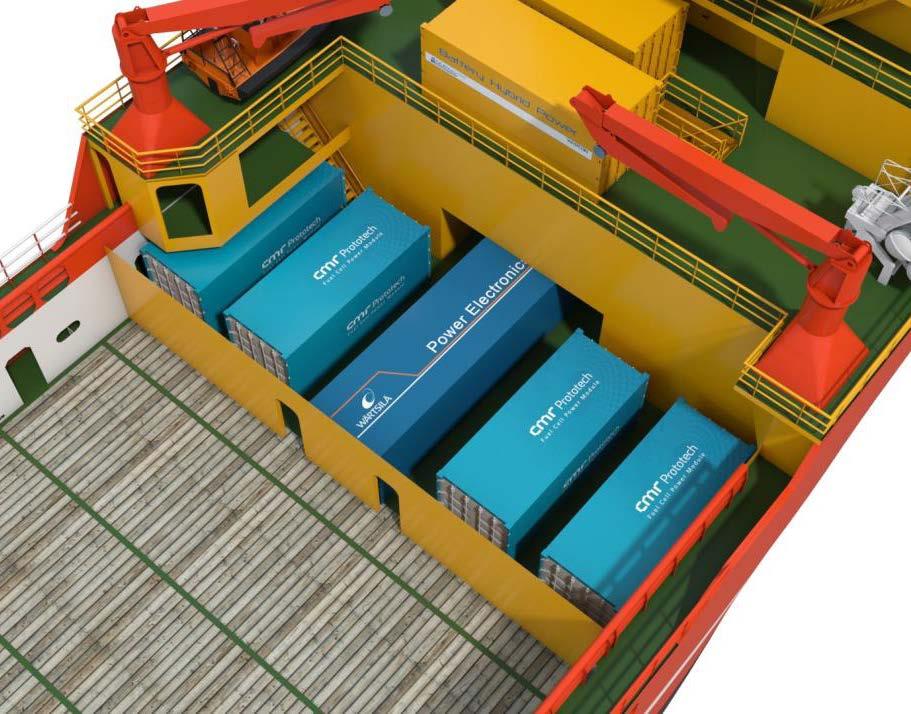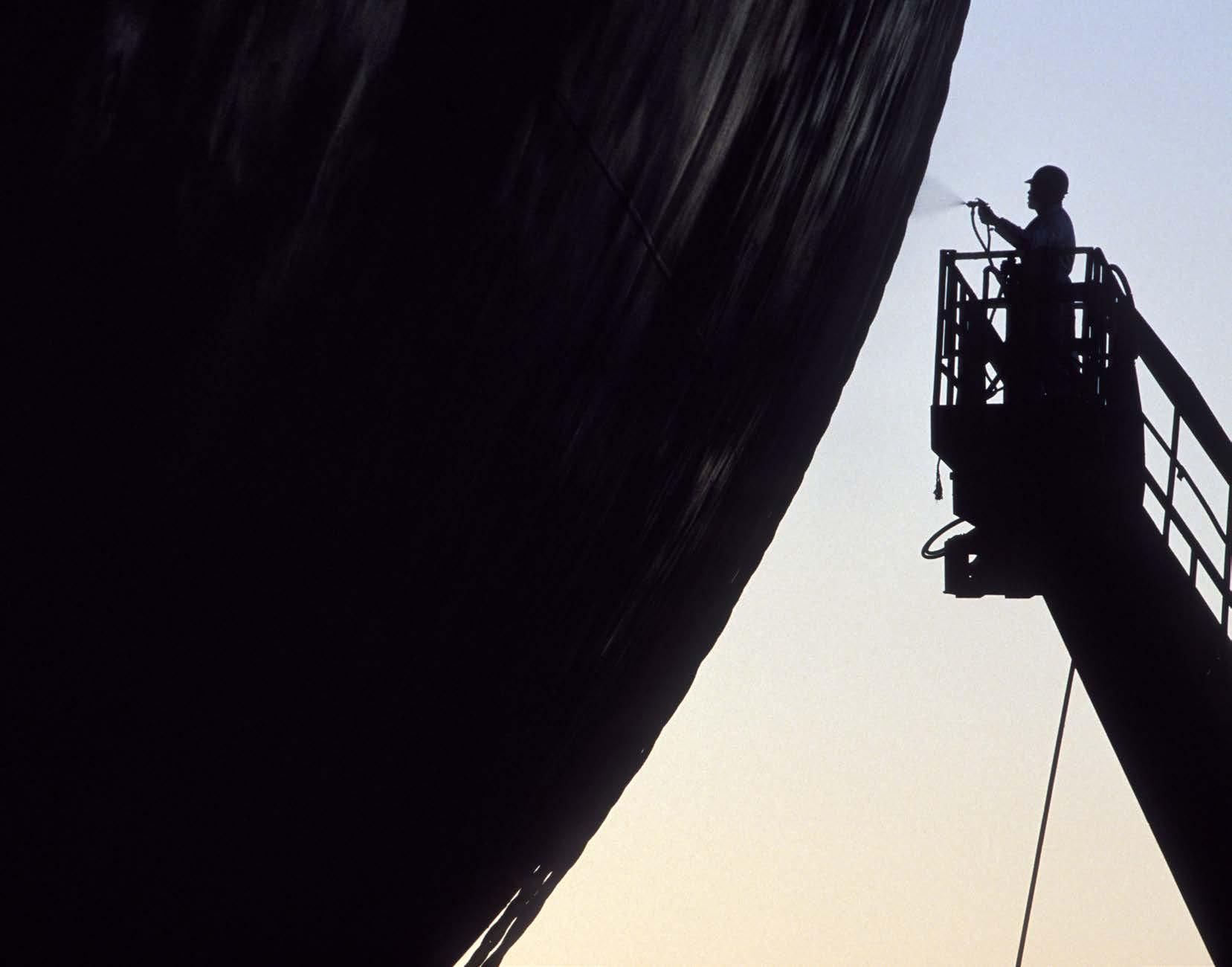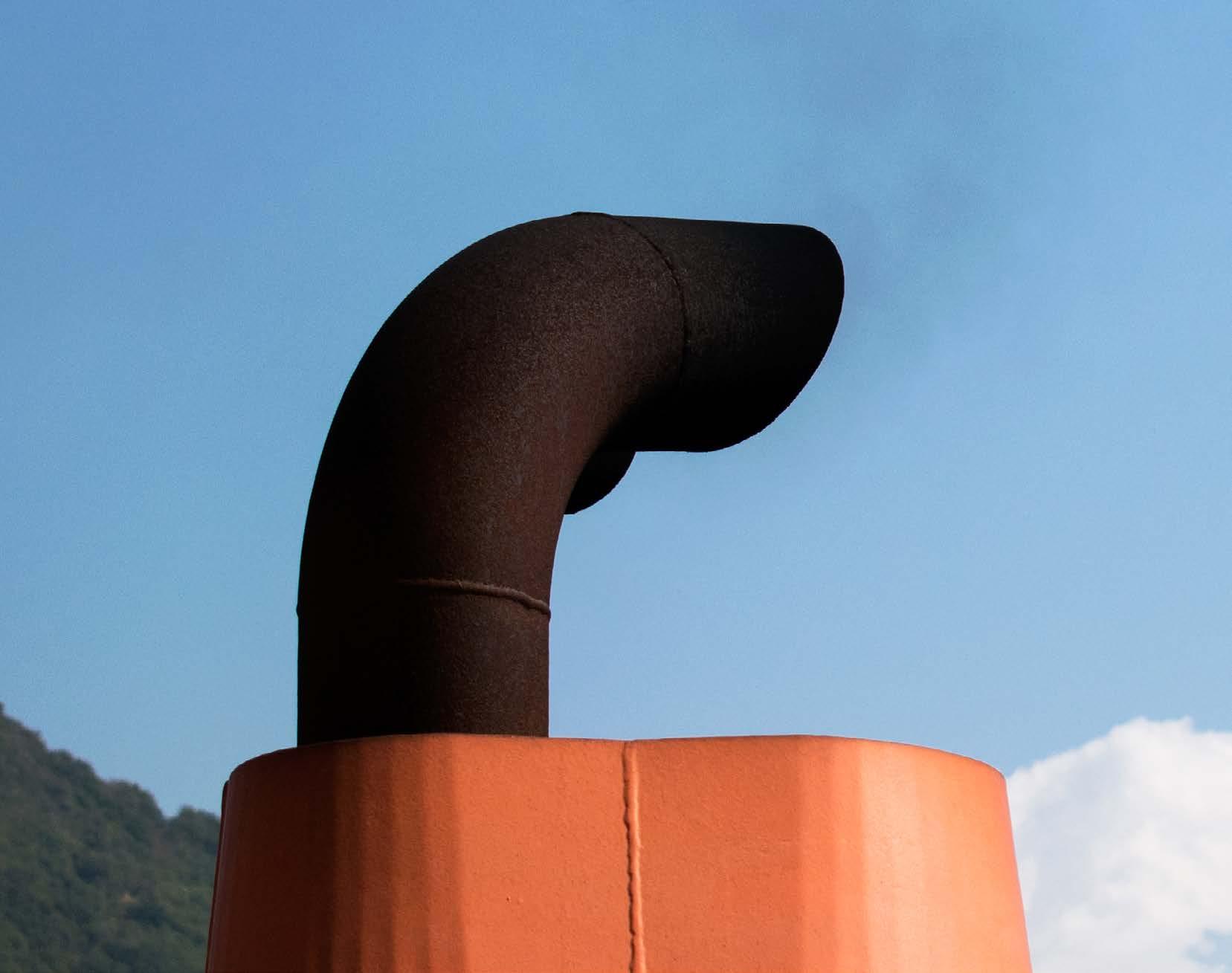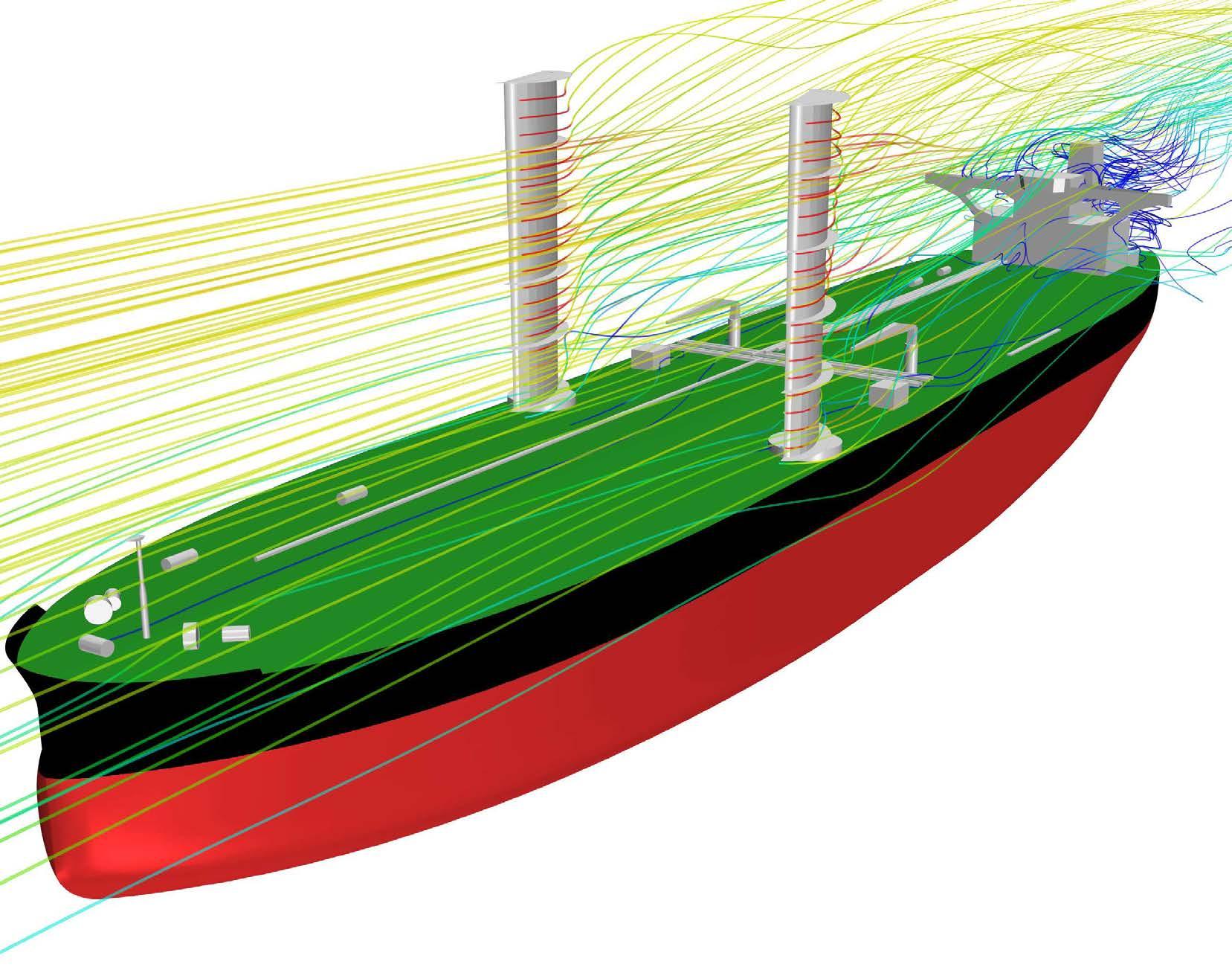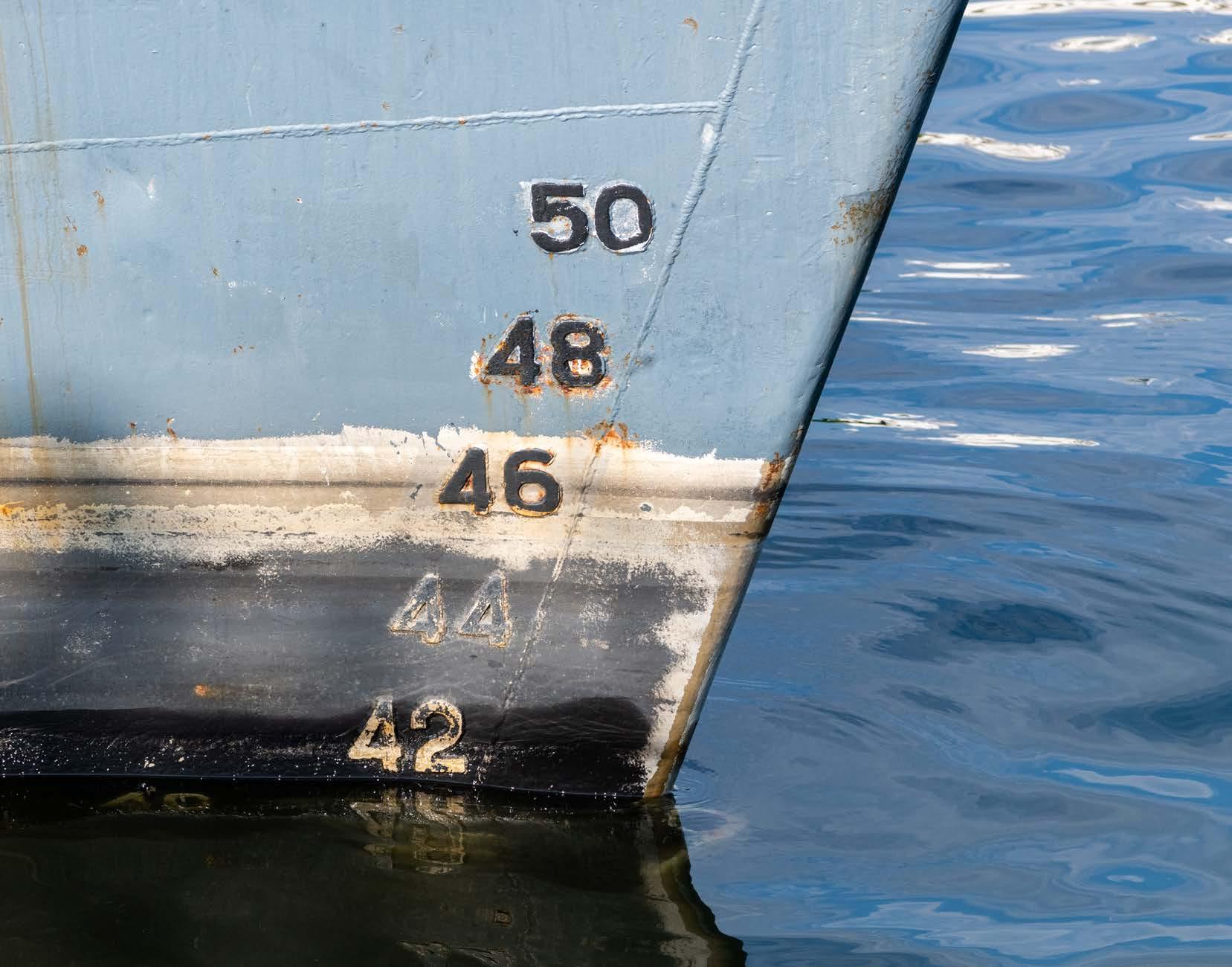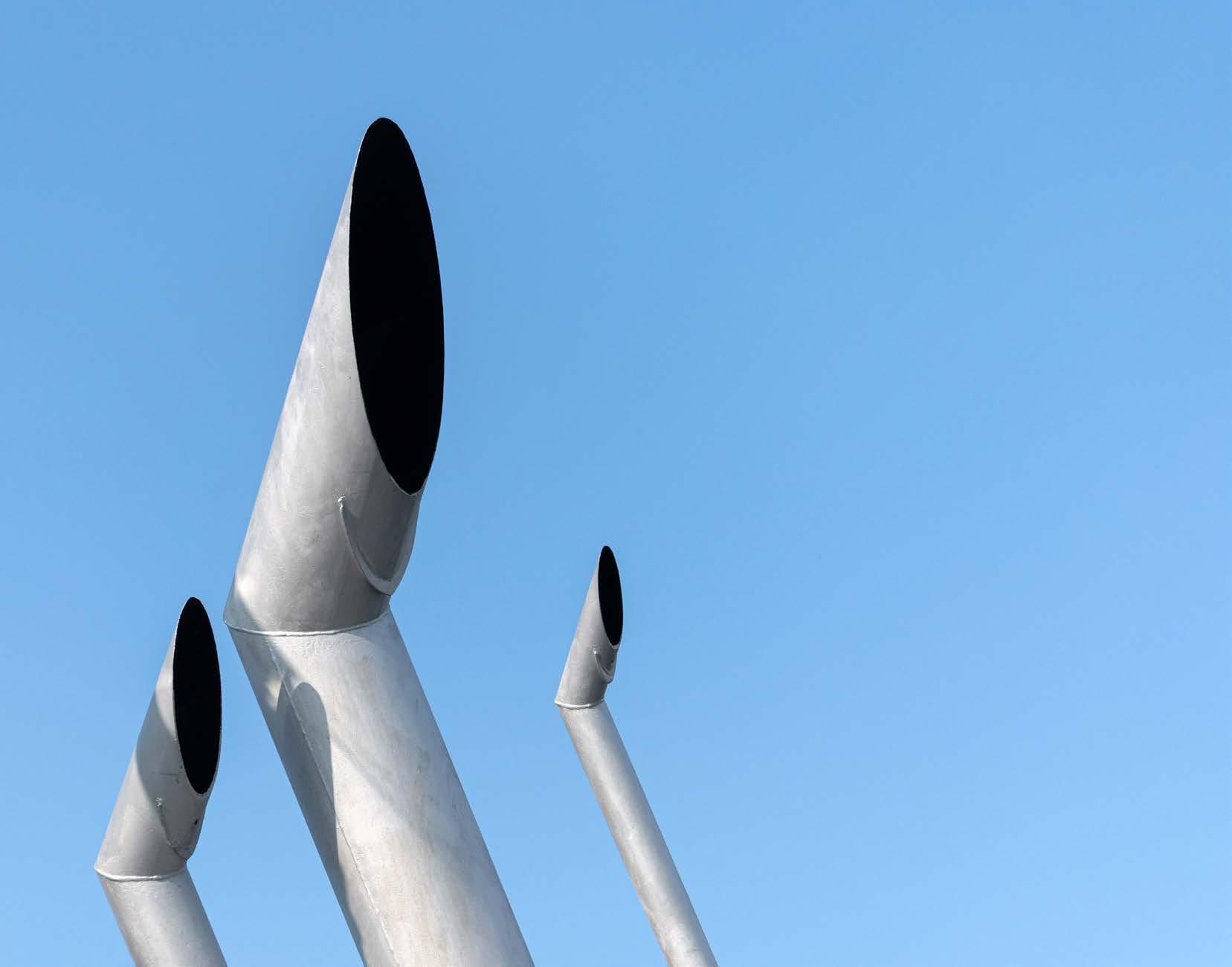
35 minute read
EGCS
from CSI Spring 2021
by Maritime-AMC
With arguments raging over the merits of various exhaust gas cleaning systems, Clean Shipping International spoke with leading suppliers to gain their views on the best way forward
OPEN, CLOSED OR HYBRIDS?
Setting the scene during recent conversations on the merits of various exhaust gas cleaning systems (EGCS) was Finland-based ship designer, naval architecture and marine engineering firm Foreship, which suggested that betterthan-expected return on investments from open-loop systems will translate into further orders once coronavirus-related uncertainties pass.
Foreship’s scrubber selection recommendations to ensure ship emissions meet IMO2020 0.1% fuel sulphur content criteria are made totally independent and based on cost, complexity and vessel operating profile. With services ranging from feasibility studies to concept design, basic design, detail design and supplier evaluation, Foreship said that with around 60 exhaust gas scrubber references to date, the company has built up extensive experience of open-loop, closed-loop and hybrid systems, covering a variety of class rules and yard installations in Europe, North America and Asia.
Olli Somerkallio, Foreship’s chief operating officer, explained that the majority of the hybrid systems the company has worked on have been destined for cruise ships or ROPAX vessels, where vessels spend more time operating on coastal voyages and in port.
However, lower cost open-loop scrubbers have represented a larger part of the company’s workload, with owners switching to lower sulphur fuels where port restrictions on washwater demand it.
“It’s understandable that some local authorities take a negative view on acidity in washwater and the presence of heavy metals, no matter how low the concentrations, especially where water exchange rates are not high,” he said. “Hybrid scrubbers that switch to closed loop operations in port certainly provide one option but the other remains to install an open loop system and manage a switchover to low sulphur fuels in port.”
Somerkallio said that the combination of covid-19 and cut-throat oil pricing has eaten
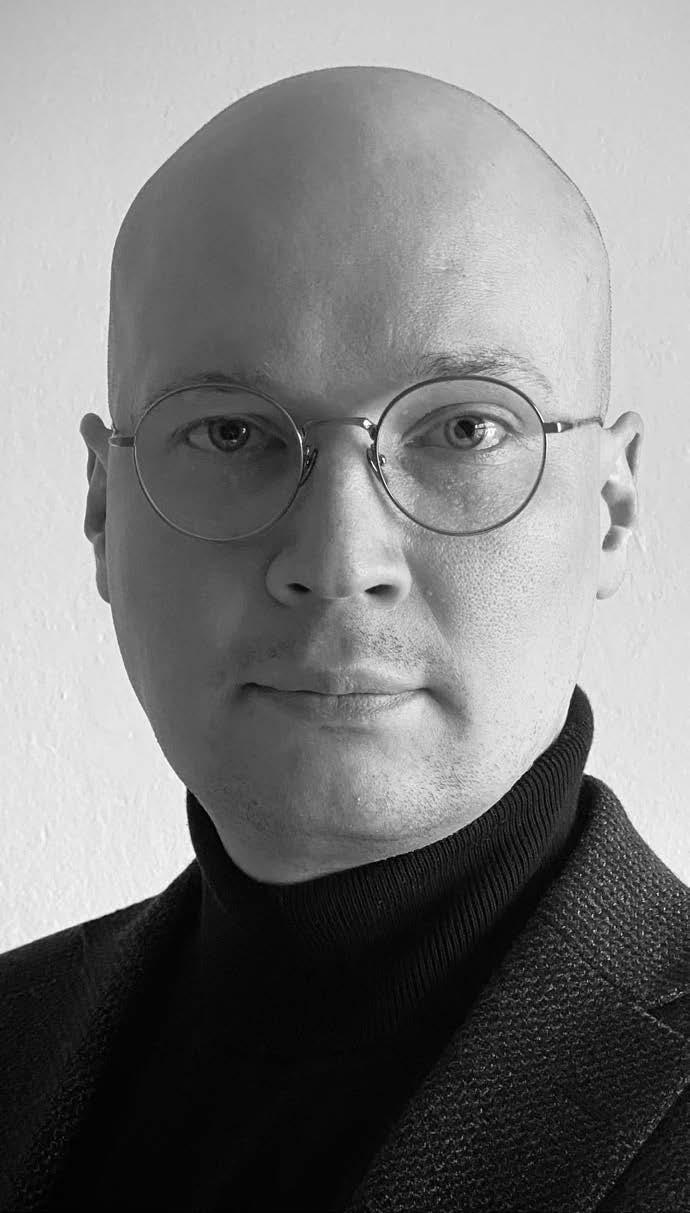
Olli Somerkallio, Foreship chief operating officer Andritz port barge design for vessels not fitted with a scrubber
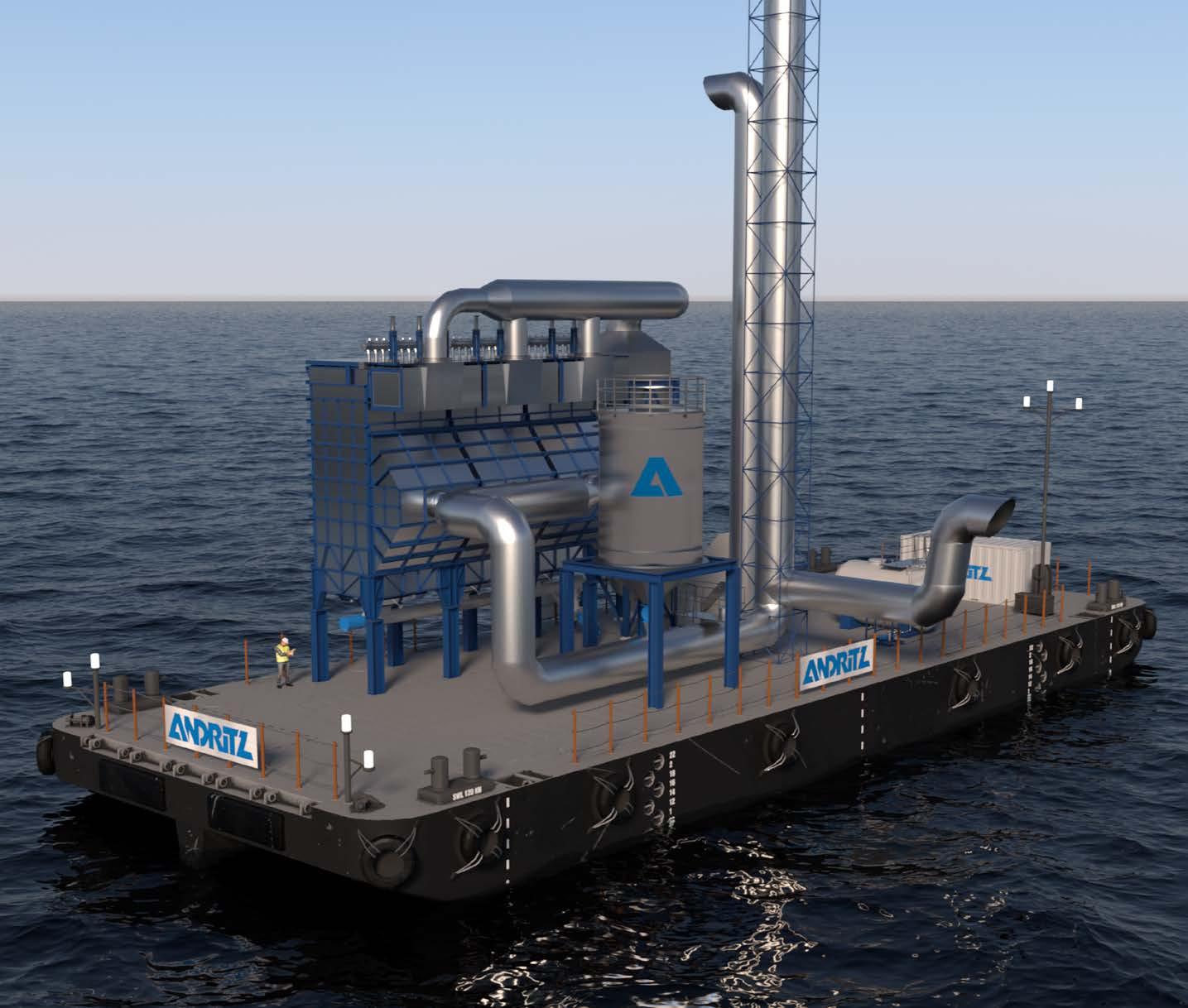
into the differential between highsulphur and low-sulphur content fuel oils, leading demand for scrubbers to stagnate. These circumstances also had consequences for future scrubber technology demand.
Cruise ships that need hybrid scrubber systems to accommodate closed-loop operations in waters identified as especially sensitive had already been equipped, while covid-19 has driven some older vessels that might have been hybrid candidates to the recycling yard.
The total cost of open-loop scrubbers, including equipment and installation, is significantly lower than fitting hybrid systems and owners that have committed to this technology are reporting returns on investments far more rapidly than anticipated.
Somerkallio explained: “When oil prices recover, we expect this type of scrubber to attract significant new investment. For cargo shipowners, the fact that the closed loop needs alkali in significant volumes will always make it an expensive option.
“Although lower fuel cost in port can shift the economics in favour of the hybrid option for some ships, for cargo ships the cost of the closed loop operation kills the economics of the scrubber,” he said.
He acknowledged that criticisms are levelled at open-loop scrubbers based on sulphurous washwater, but emphasised that only specific ports and coastal waters block their use. While the efficiency indices driving International Maritime Organization (IMO) regulations favour liquefied natural gas (LNG) over heavy fuel oil (HFO), December’s Marine Environment Protection Committee (MEPC 75) nonetheless pointedly replaced the phrase “liquid effluents” with “discharge water” in its latest scrubber guidelines evaluation.
Somerkallio added that new research from Tampere University, the Finnish Meteorological Institute and the VTT Technical Research Centre showed that using EGCS in combination with HFO result in lower particulate emissions than marine gas oil. “If there was an outright ban on the open loop, I believe there would only be a very small number of scrubber installations altogether each year. I don’t believe that would be an environmentally desirable outcome,” he concluded. ALL-IN-ONE SYSTEM
Austrian plant engineering company, Andritz has developed what it claims is an “all in one” dry scrubber system, which the company calls its “dual/multi-filtration system”, as part of its SeaSOx EGCS range.
Marine solutions sales manager, René Schöberl told Clean Shipping International that the dry system uses sodium bicarbonate as an absorbent.
He explained that being a system that does not use washwater, it is ideal for coastal and inland vessels, ferries, including ro-ros and ropaxes, feeder ships and small cruise vessels where there are likely to be restrictions on washwater discharge.
There are two versions of this scrubber — a dual-filtration modular system for removing SOx and fine particulates. In addition, Andritz offers a multi-filtration version for removing SOx, NOx and particulates.
The company also has a mainstream SeaSOx scrubber for washwater and applicable to worldwide trading vessels. It is available in-line (I-type) or as a bypass system (U-type)
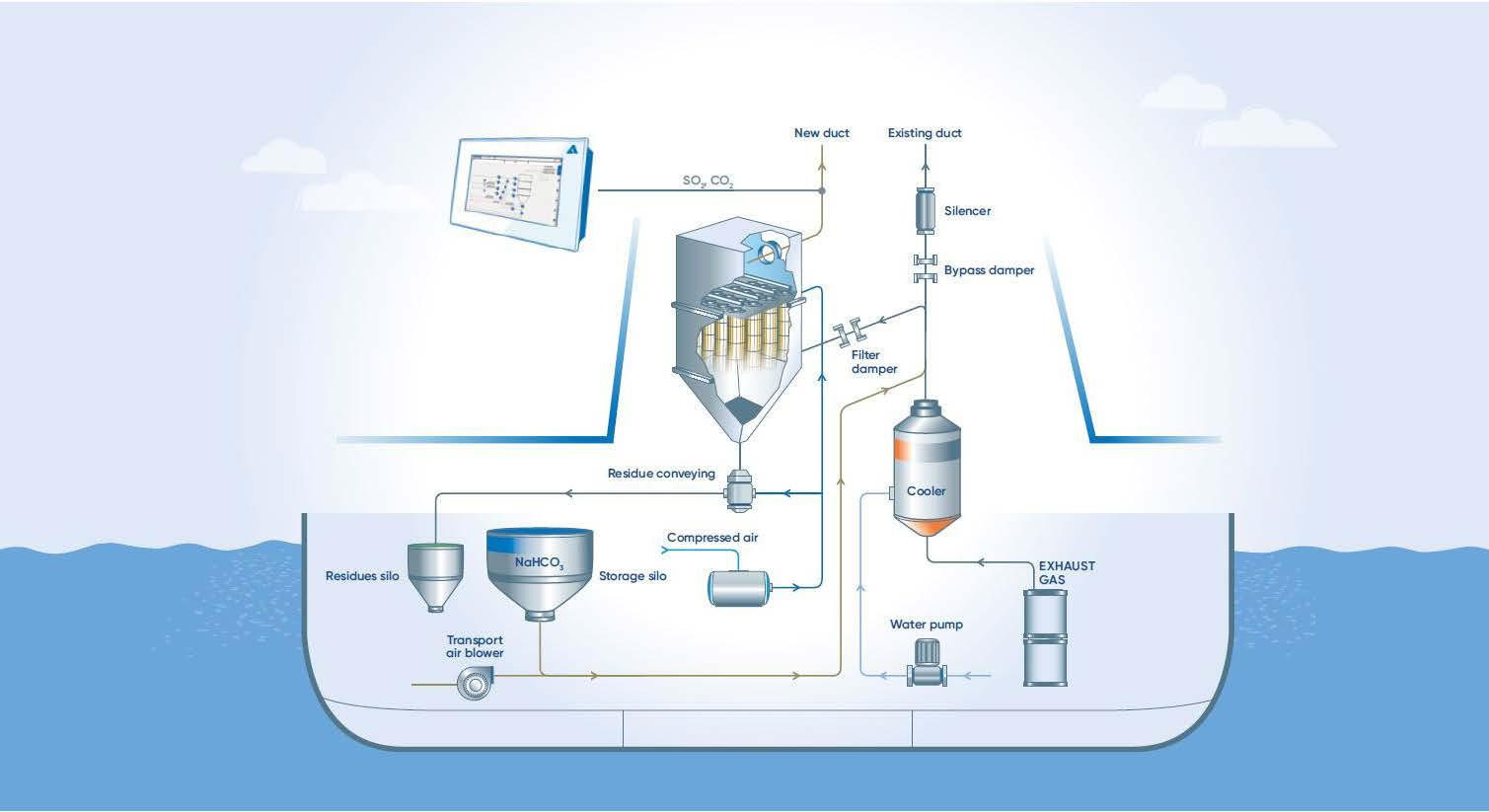
.A schematic of the Andritz dry dual multi-filtration scrubber system
and is offered in either a round or rectangular shape.
It can be installed as an open loop, closed loop, hybrid ready or hybrid fitted solution.
Schöberl claimed that Andritz was the only company that had successfully installed SeaSOx scrubbers and dual/multi-filtration systems to class satisfaction.
“As we are offering the complete portfolio — common wet scrubbing, as well as the filtration system — we are looking for the right solution for each vessel/fleet respectively,” he said.
Thus far, the company has installed a filtration system on La Méridionale’s roro ferry Piana. The test results were even better than expected, Schöberl said.
An agreement to install the world’s first dry EGCS on Piana was signed in Marseille back in the summer of 2018.
This solution uses patented Bicar sodium bicarbonate as the absorbent and a pulse jet fabric filter for SOx and particulate removal. One 9.6MW main engine and one 1.26MW HFO auxiliary was fitted to the filter system.
Andritz was responsible for the design, engineering and supply of the main equipment. Partner SOLVAY was in charge of the sodium bicarbonate delivery and the discharge of the residues.
In addition, German shipowner TT-Line installed two SeaSOxwet open-loop scrubbers for the two main engines in December 2019 and January 2020 on board the ropax Marco Polo, which operates in the Baltic (Sweden – Lithuania).
Two others were ordered for the reefer container vessels ‘Dole Chile’ and ‘Dole Colombia’, operating between the United States, South America and Europe in October, 2019 for their reefer container vessels.
By fitting this technology, Dole is able to burn high sulphur fuel oil, while complying with IMO2020
“As this filtration system is interesting for lots of ship owners/ managers and also ports, we have developed a barge solution to serve vessels arriving at a port and are not fitted with a scrubber,” he said.
“The restrictions will get tighter and there will be more in the near future,” he concluded. ENVIRONMENTAL IMPACT
Late last year, Wärtsilä referred its customers to the oft-quoted CE Delft report, regarding the climate impact of EGCS.
The study compared scrubber results to the use of low sulphur marine fuel and was compiled from a well-to-wake perspective in order to achieve an accurate comparison.
CE Delft concluded that the EGCS’ environmental impact would be less than that of low sulphur marine fuel.
Its argument was that CO2 emissions associated with producing and installing an EGCS were small compared to those generated when operating the system.
CO2 emissions were mainly related to the energy demand of the system’s pumps, which typically result in a total emissions increase of between 1.5% and 3%.
By contrast, with de-sulphurised fuels, the overall CO2 footprint increase was a result of the refining processes. Theoretical calculations range from an increase in CO2 emissions of 1% to as much as 25% when removing the sulphur content of the fuel.
The report said that while the lower figure was not physically possible, the higher percentage increase was applicable only to a fuel quality that was too high for marine applications.
Its conclusion, therefore, is that the CO2 emissions associated with the production of low sulphur marine fuels would be between these extreme values.
Turning to the perceived open loop scrubber problems, Wärtsilä’s exhaust treatment’s director, Sigurd Jenssen, told Clean Shipping International that despite the ban on open-loop scrubbers in some areas of the world, he had seen no shortage of orders for this type of equipment.
In newbuildings, the mainstay of the company’s EGCS orderbook, some owners had opted for a mix of open loop and hybrid types. “It depends on the owner,” he explained.
He said that there had been several retrofits last year, but nothing like the number seen in 2018 and 2019 — the boom years leading up to the IMO’s low sulphur ruling.

Sigurd Jenssen, director Wärtsilä exhaust treatment systems
However, since the business case for installing a scrubber system has improved, there have been more inquiries for retrofits recently.
Back in 2019, scrubber suppliers found it challenging to reserve space at a shipyard for retrofits, due to the volume of work.
SOx and particulate matter (PM) scrubbing is not going to stop, he said, while for NOx, Wärtsilä offers an exhaust gas recirculation (EGR) solution whereby the gas is recirculated into the turbocharger’s side inlet.
Scrubbers are just one of the methods available and are the first step along the journey of emissions control, as there is a potential to add on other abatement technology today. In essence, fuel forms one part of the abatement equation, while abatement technology forms another, he said.
He also claimed that it was relatively easy to upgrade a scrubber system for other emissions abatement solutions, as long as the work is planned in advance. For example, converting an open loop system into a hybrid type scrubber involves adding additional water handling equipment, etc.
For newbuildings and retrofits, Wärtsilä offers a modular solution for ease of installation.
He stressed that the financial case for scrubbers will not change going forward, as the alternative would be to switch to other more expensive fuels. As mentioned, the business was
becoming more favourable again as the fuel price spread widens and should continue to rise going forward.
At a spread of around $100 per tonne between high sulphur fuel and low sulphur fuel, the scrubber case becomes a good investment, he thought.
Jenssen also claimed that being able to offer a lifecycle solution set Wärtsilä apart from other system providers, as within the group the skill sets exist to support an installation on board and the infrastructure is also in place to offer spare parts and technicians anywhere in the world.
This has encouraged many service and maintenance agreements being signed with the installation contracts. The pumps and valves are mainly standard equipment, which the crew can maintain, as they should be familiar with this equipment.
Wärtsilä also offers classroom and simulator training at its Land and Sea Academy, as well as on-site, hands-on training in operations and maintenance on-board.
Looking ahead to the IMO meetings this year, he said that the industry needed predictability with no rule changes. He thought that there were still some ambiguities in the scrubber regulations. However, he said these could easily be ironed out.
He stressed that Wärtsilä has and will still argue for goal-based and not solution-based standards in emissions reduction systems regulations and guidelines.
In general, Jenssen thought that the newbuilding sentiment was picking up again, but by how much will depend on how the pandemic pans out in the next few months. However, he said that the market had been more active recently, compared to much of 2020.
Despite the rise of LNG as a fuel engine fitted or LNG-ready newbuildings, he thought that the majority of containership, bulk carrier and tanker owners opt for scrubbers when ordering anew.
He also explained that as Wärtsilä had been in this particular segment for 10-12 years, the company was at the forefront in research and development (R&D) and in the art of keeping vessels operating almost emission-free.
Jenssen is based at Moss in Norway, where the R&D is carried out, but the company also has operations in Finland and Poland, and its equipment is manufactured primarily in China and Vietnam. The monitoring equipment mainly comes from Europe.
Today, Wärtsilä markets its scrubber technology to both shipowners and shipyards. In general, the shipyards were maturing in terms of installations, he concluded.
INCREASED INTEREST
Steven Pieters, Alfa Laval’s sales director, exhaust gas cleaning, told Clean Shipping International that while it was true that most systems being ordered were the open loop variety, over the past months, the company had seen an increased interest in hybrid systems.
He also confirmed that Alfa Laval offers and has delivered all types of scrubber systems.
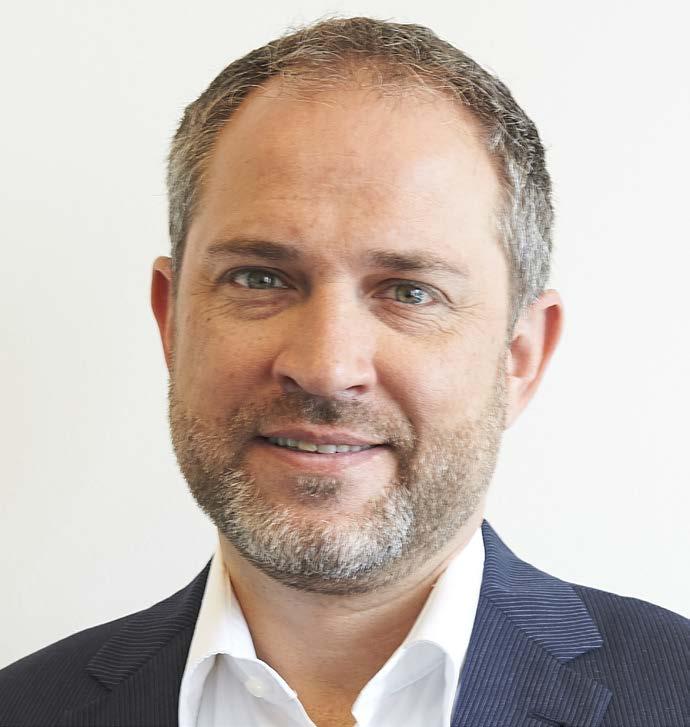
Steven Pieters, Alfa Laval sales director, exhaust gas cleaning
Although he said that Alfa Laval can’t predict what will happen with regulations, the company does follow their developments closely.
“As a scrubber supplier, we ensure our systems are fully compliant with today’s regulations and we anticipate upcoming regulations with our technology and development, making sure our customers will also comply tomorrow,” he said. “An example of this can be seen with our open-loop scrubbers. They are all designed as hybrid-ready, having the necessary connections present for a later conversion to a hybrid system if the customer so chooses.” FAVOURABLE SPREAD
Chelsea Technologies’ Adam Jolliffe, senior sales manager – maritime, said the rapid payback times scrubber owners saw during 2019 and the first few months of 2020 quickly stalled, as the spread between HSFO and VLSFO narrowed to historic lows last March.
However, that spread is now creeping back up and the future of scrubbers once more looks bright, illustrated by a recent report from Gibson Shipbrokers (see Leading Edge) saying that 40% of VLCCs are now set to install scrubbers, given that savings had increased to some $5,000 per day.
“Scrubbers represent a legitimate compliance method for the IMO2020 global sulphur cap, slashing air pollution and reducing the healthrelated dangers for crews and coastal communities. Yet they have been mired in a certain level of controversy and uncertainty since their introduction — and regulation change has never been out of the headlines.
“An EGCS represents a multi-milliondollar financial outlay for a shipowner. At the time of writing (beginning of February), scrubber systems are still a long-term investment and payback times are expected to remain in the years rather than months. Shipowners need to future proof their systems if they’re to see the full return on investment,” he said.
Under the IMO scrubber rules, the equipment’s washwater effluent is required to be monitored to ensure that it is not damaging the marine environment.
An issue with a ship’s engine or scrubber could inadvertently push oil or other pollutants through the system, he stressed.
Global regulations are clear on which kinds of pollutants must be monitored, as well as how to measure for these irregularities. There is one exception — polycyclic aromatic hydrocarbons (PAH).
PAH particles are a series of carcinogenic hydrocarbons created as a by-product of poorly or improperly burnt marine fuels.
As things stand, there is a global divergence in measurement regimes across different jurisdictions, with the IMO requiring measurement for
only the most common type of PAH particle and others like the US Coast Guard (USCG) requiring a full range PAH measurement.
The IMO is currently seeking to harmonise global regulations on this. New regulations are anticipated at MEPC 76 to achieve this, and it is expected that this approach will see the higher standard introduced globally, Jolliffe explained.
The long-term nature of scrubber investments means that shipowners are tasked with anticipating future regulatory change. Shipowners are facing major regulatory risks, as their entire multi-million-dollar system could be in danger months or years before an owner has seen a penny of profit.
For this reason, owners need to ensure that their scrubber washwater monitoring systems measure PAH particles to the higher standard today. A system must use a proven, accurate methodology to provide a full-range PAH measurement, he said.

Adam Jolliffe, Chelsea Technologies senior sales manager — maritime
“Chelsea’s Sea Sentry system uses bespoke sensors and a user-friendly interface to provide this full-range lab accurate analysis. Installed in hundreds of vessels and certified by DNV GL and ClassNK, Chelsea’s Sea Sentry is trusted by shipowners seeking to futureproof their vessels from impending regulation,” Joliffe says.
“Scrubbers are an opportunity for shipowners and will lead to significant OPEX savings if the systems remain compliant. However, their cost and payback time highlight the need for shipowners to ensure that they have done all they can to future proof their installation against regulatory change.” EXTENSIVE SUPPORT
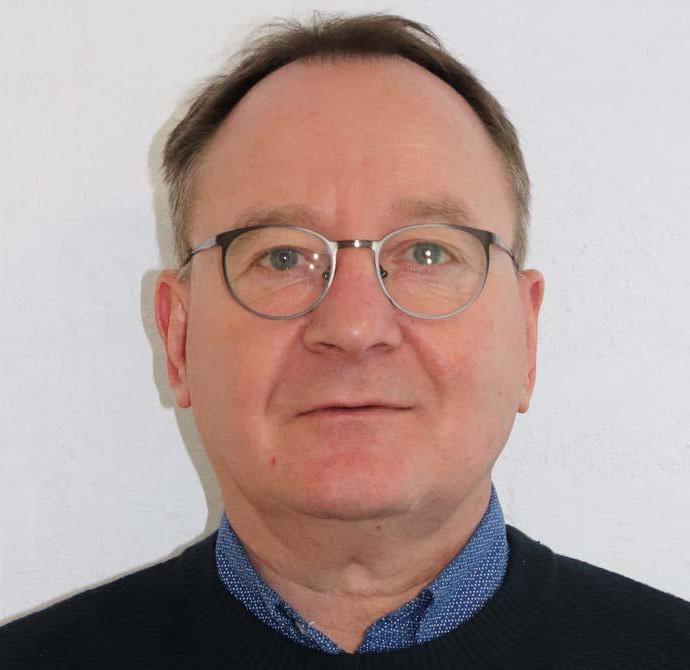
John Kristian Pedersen, segment director marine & offshore, DESMI Pumping Technology
John Kristian Pedersen, segment director marine & offshore, DESMI Pumping Technology joined the argument by saying that the ban on open-loop discharge is only limited to a few ports where the ships only burn a minority of their fuel, so it will not have a great impact on the scrubber business case for most owners.
He agreed that hybrid systems were more expensive than an open loop scrubber types and due to the current spread between HFO and compliant fuel, the more expensive systems can be difficult to justify at this point of time.However, if the system is prepared so it can also operate in closed-loop mode in the future, DESMI will support the scrubber manufactures with the best technical and economical solution.
“At present, only the ships with a large fuel consumption and where it is not too difficult to install systems seem to be attractive at the moment. However, with the vaccine against covid-19, we expect that the world and the fuel prices are already on the recovery route and increasing the interest for the technology as a valid alternative,” he said.
DESMI also offers after-sales services and support throughout the lifetime of the installation/vessel. This offering doe not stop with the scrubber installation but covers the complete range of products, such as engine room pumps, pump control systems and engine room fans, as well as ballast water systems.
Addressing MEPC 76, Pedersen said: “We hope that it will be possible to take a more holistic approach looking at both air and water emissions.
“Scrubbers have some great advantages by saving all the energy that the refineries elsewise would need to refine the HFO. This corresponds — as far as we are informed — to about 10-20% CO2 reduction. It also captures a lot of the particulate matter and generally, the scrubbers are reducing the sulphur to lower levels than the 0.5% global cap.
“Furthermore, with our Optisave systems for controlling the pump operation in accordance to actual needs and engine loads, safe guarding the total power consumption for the system is being kept to a minimum at all conditions. A great asset to keep the total costs down at all times.”
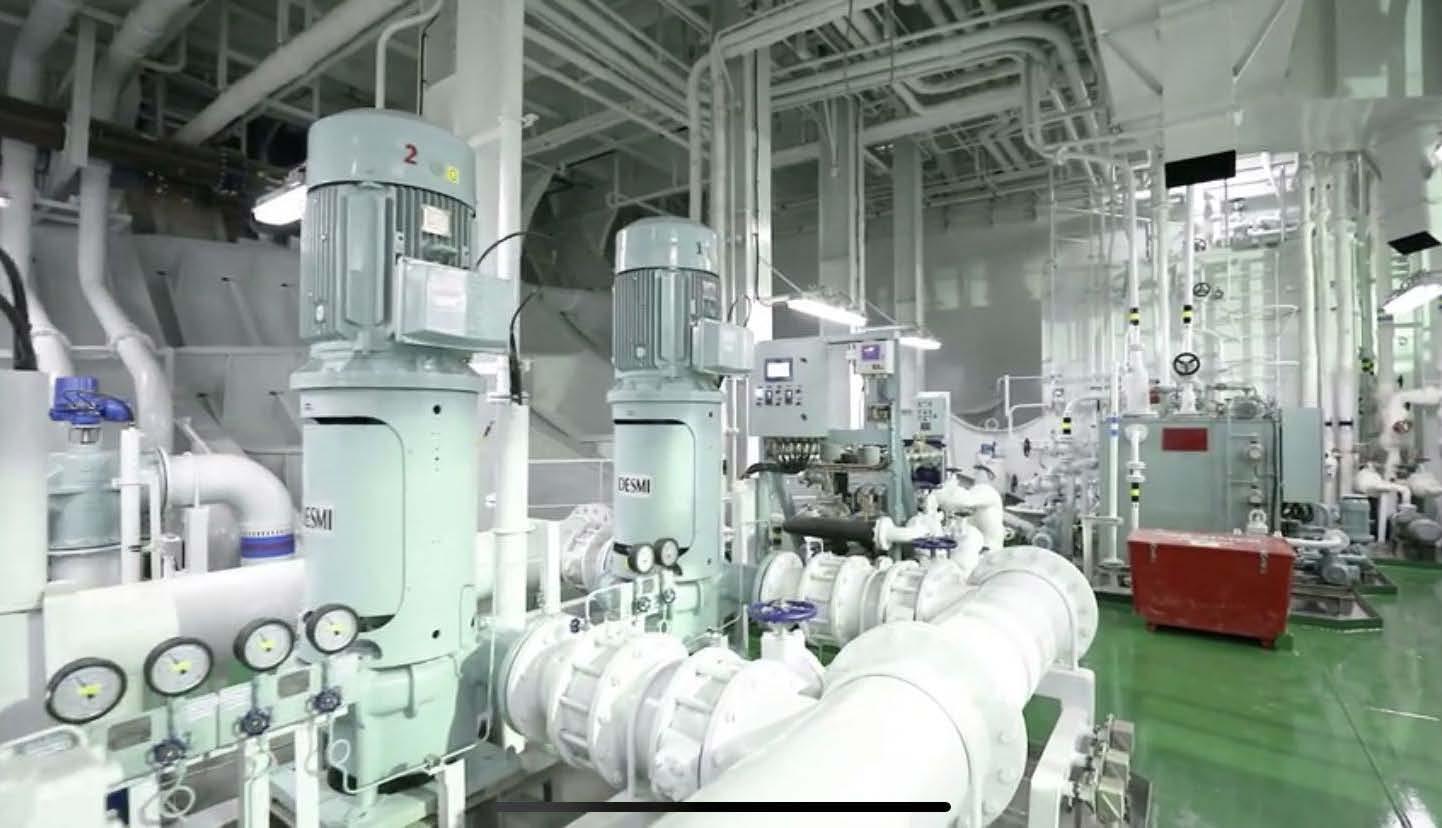
FUTURE DEVELOPMENTS
Looking ahead, Marcello Vercellino, Ecospray’s sales manager, said: “Bearing in mind the 2050 zeroemission target, Ecospray is working on the development of new solutions to reduce CO2 and greenhouse gas (GHG).
“As with many other players, we are looking forward to the finalisation from IMO of the EEXI/EEDI calculation guidelines and carbon intensity indicator (CII) limits, which have an impact on any new technologies under development (for example fuel cells).
“In order to plan investments, shipowners and all the marine industry players need to have a clear scenario for the future and precise indications on how to manage the energy transition and the decarbonisation process.
“While Circular 883 issued in 2019 definitely helped significantly in clarifying operational aspects and real-life scenarios of EGCS usage on board ships, we still think there would be room for further clarifications and harmonisation on some key compliance aspects of the rules, for example pH limit calculation and PAH measurement methods,” he said.
He explained that Ecospray’s portfolio boasts a wide range of EGCS to meet all the needs: both open-loop and hybrid design, Inline or U-Type configuration, in different sizes, to serve engines with a rated power from 5-80MW.
The Ecospray EGCS are designed for SOx removal from different types of vessels — such as cruise ships, ferries, and commercial vessels — and can be integrated with a broad set of new technologies for green ships.
With regards to the EGCS design, open-loop and hybrid systems have different features and the adoption of one of the two depends on the client’s needs and specific assessments, plus the evaluation of operational profile of each specific ship.
“Ecospray has installed mostly openloop types, proving that this design is still the most cost-effective solution for ships sailing worldwide (for technical, operational and economic reasons).
“For this reason, we recommend the open loop type, especially if integrated with our second generation of washwater filtration system, not only to comply with actual IMO requirements but to go beyond the expected parameters, mitigating also possible visible effects overboard,” he said.
SMALLER IMPACT
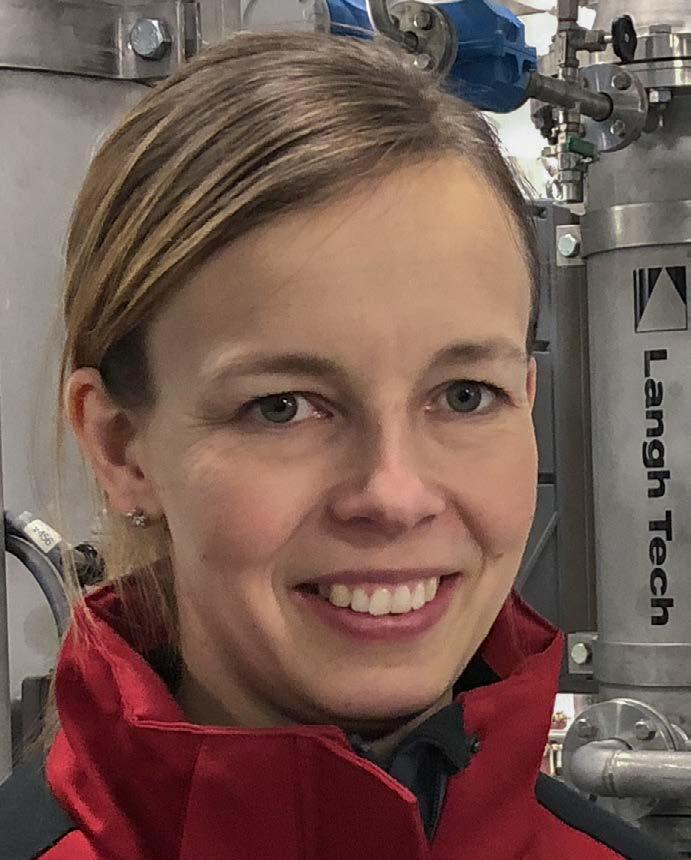
Laura Langh-Lagerlöf, commercial director Langh Tech
Laura Langh-Lagerlöf, commercial director of Langh Tech, said that in her opinion it is understandable that more and more areas ban the use of open loop scrubbers.
“It is logical that closed-loop operation has a smaller impact on the environment as the residues from the washwater are removed and delivered ashore for proper treatment,” she added.
She explained that the company, which also manages ships, focused on closed-loop and hybrid scrubbers. Langh also supplies closed-loop water treatment systems for other scrubber manufacturers, for instance Valmet, CR Ocean and Hyundai, which are using the company’s closed loop water treatment for some of their projects.
“We also have open-loop scrubbers in our product range as most of the owners still want to invest only in open loops. Anyway, all open-loop systems that we supply can later be upgraded to hybrids,” she explained.
BUILDING ON SCIENCE
Aleksander Askeland, chief sales officer, Yara Marine Technologies, said: “We are excited to see how IMO/MEPC will eventually address the issue of scrubber washwater and the discharge of same into the oceans.
“All available science documents that washwater discharge is harmless even within confined waters. We are confident that IMO/MEPC will build further regulatory development for scrubbers on science, like they have done to date,” he said.
He explained that Yara Marine Technologies offers the full range of
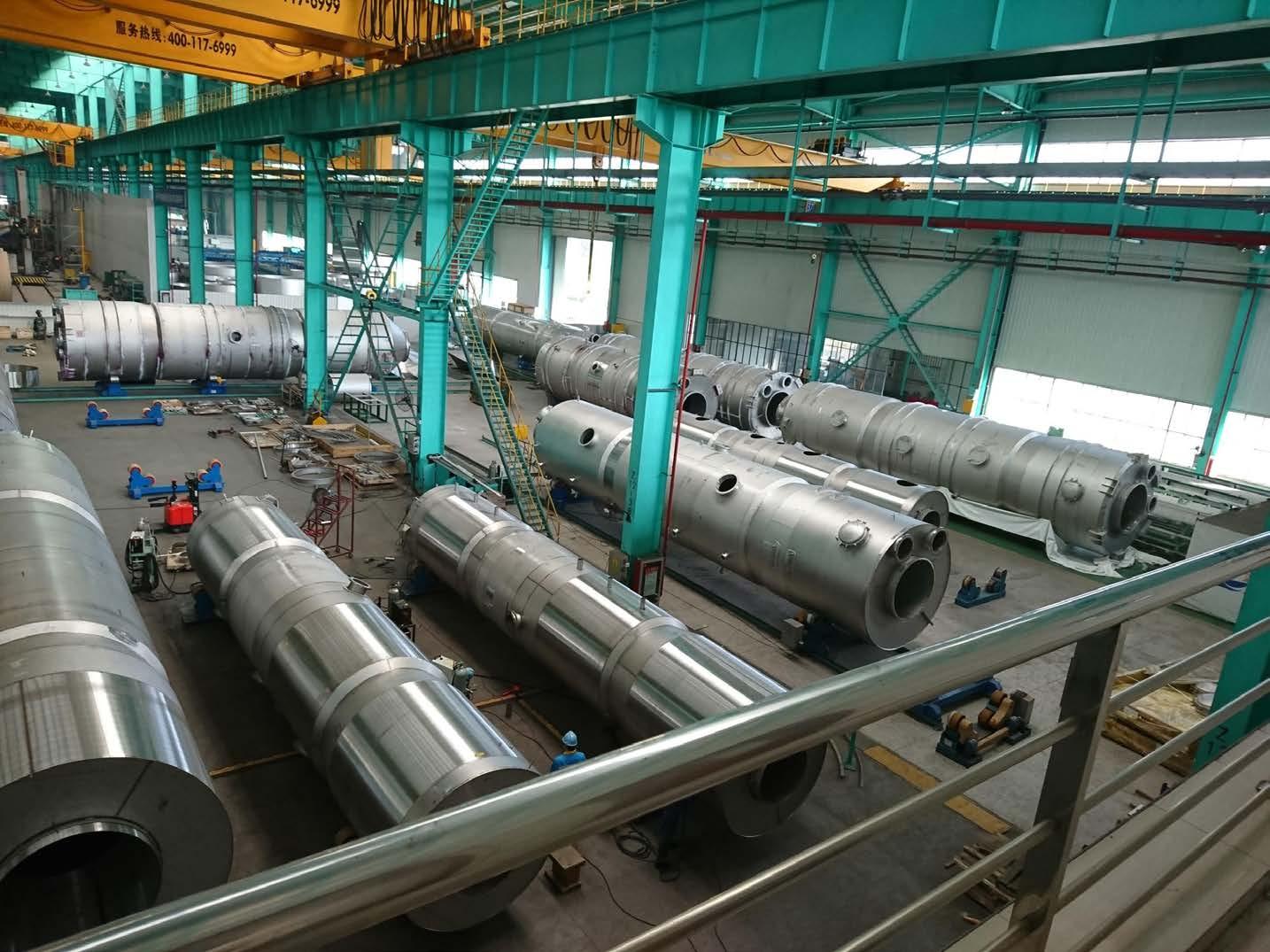
scrubbers — open, hybrid and closed loop. Only open and hybrid types are used by shipowners, while closed loop scrubbers are virtually non-existent.
Askeland also said that the coronavirus pandemic has had a major impact on the shipping industry.
As a result, he said that the company now has their hands full with online training to help superintendents and chief engineers overcome downtime. The number of training courses has nearly doubled.
“Scrubbers are still considered as new equipment and our experience is that key crew members could still use better understanding, more experience and training,” he said.
Scrubber downtime is often due to lack of knowledge on maintenance, troubleshooting and general operations. A trained crew always makes better decisions, thus preventing downtime. That is why those who invest in scrubbers, also ensure that they invest in the people who keep them running, he explained.
Crew training is more popular now than ever, he said. Online training is usually either a one- or a two-day course. They must adapt to both beginners and more experienced crew, and they need to fit the crew’s schedule.
The online training programme focuses on expanding equipment operation knowledge and safe maintenance standards for crew, electrical and engine officers, technical staff and superintendents.
“Yara’s scrubbers are quite easy to operate, but you need to know what you are doing and there has never been a better time to do training and to maintain SOx scrubber system skills than now,” he said.

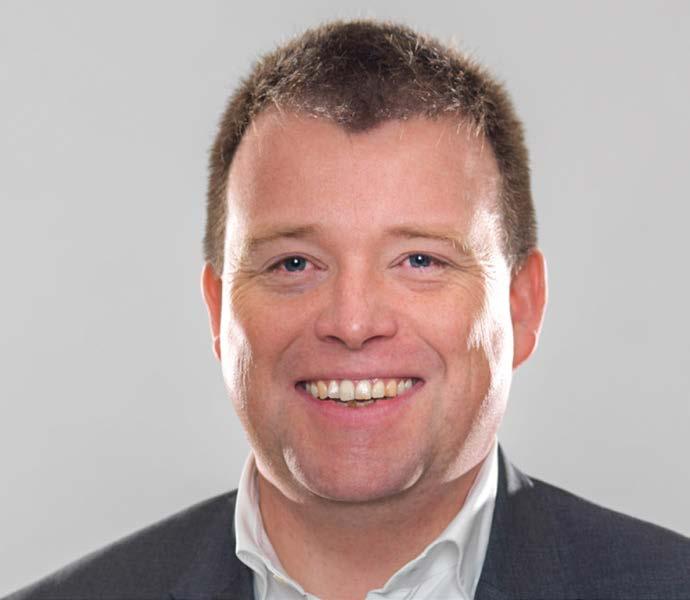
Aleksander Askeland, chief sales officer, Yara Marine Technologies
“Operational disruptions are expensive, and proper training minimises the risk of downtime. Also, we see cases where maintenance is performed incorrectly, with very bad results. Correct operation and maintenance makes you compliant, extends the life cycle of the scrubber, saves time, saves spare parts and reduces overall operational costs.”
SHORT SEA TRADE OFFERING
In 2013, Bremen-based engineering company SAACKE installed a scrubber on board Carl Buettner’s products tanker Levana. Today, the company offers open loop and hybrids, which are capable of operating in both open and closed mode.
These are of particular interest to smaller and mid-size ships on short sea trades, the company explained. Larger vessels tend to burn a small percentage of fuel in zero discharge areas and so may prefer to switch to diesel oil when manoeuvring and when in port.
Looking to this year’s IMO meetings, the company said that it was likely that the regulations in respect to measurement methodology and threshold (PAHs) and the quality of bleed-off water might be re-specified.
On the other hand, SAACKE said that the company will be happy if the high emission of soot and particulate matters from non-scrubber fitted ships would be regulated as well.In this respect a scrubber, that reduces particles by more than 80% by weight, gives a remarkable contribution to environmental protection.
SAACKE is a leader of the SAARUS project, which aims to reduce the harmful fine/ultrafine particles even further, the company explained.
CHELSEA: STAYING AHEAD OF SCRUBBER WASHWATER REGULATIONS
The rapid payback times scrubber owners saw during 2019 and the first few months of 2020 quickly stalled, as the spread between high sulphur fuel oil and very low sulphur fuel oil narrowed to historic lows last March. However, that spread is now creeping back up and the future of scrubbers once more looks bright: Gibson Shipbrokers recently said that 40% of VLCCs are now set to install the systems, as savings increase to $5,000 per day.
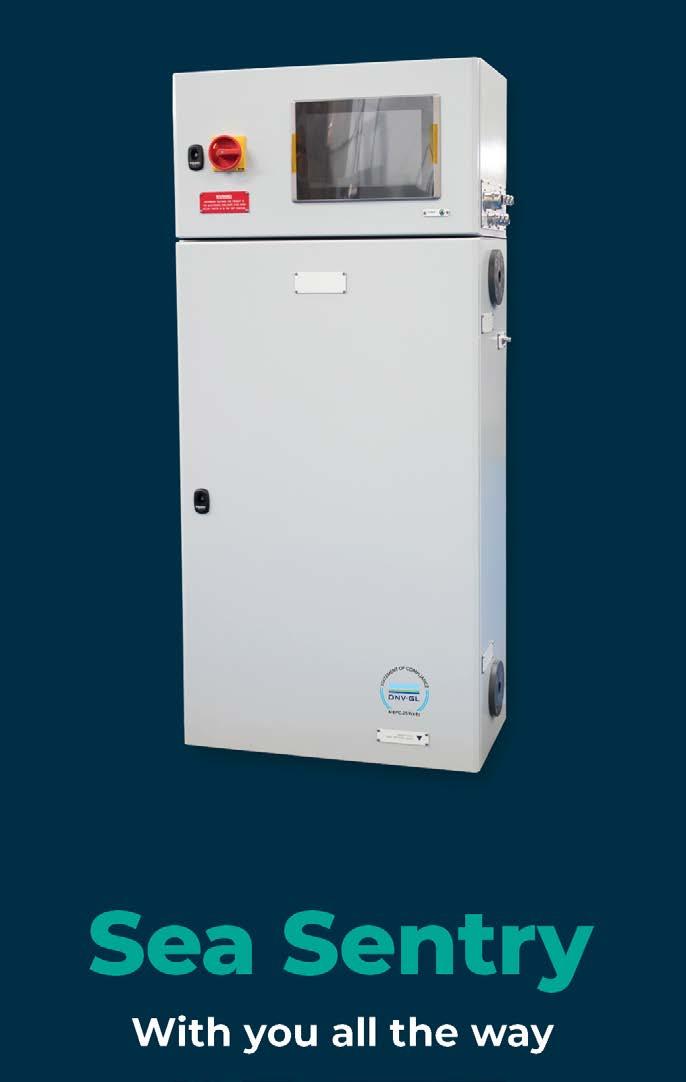
Scrubbers represent a legitimate compliance method for the IMO2020 global sulphur cap, slashing air pollution and reducing the healthrelated dangers for crews and coastal communities. Yet they have been mired in a certain level of controversy and uncertainty since their introduction — and regulation change has never been out of the headlines.
An exhaust gas cleaning system represents a multi-million-dollar financial outlay for a shipowner. At the time of writing, scrubber systems are still a long-term investment and payback times are expected to remain in the years rather than months. Shipowners need to futureproof their systems if they’re to see the full return on investment.
HARMONISING RULES
The IMO rules that permit scrubbers require that their washwater effluent is monitored to ensure that they are not damaging the marine environment. After all, an issue with a ship’s engine or scrubber could inadvertently push oil or other pollutants through the system.
Global regulations are clear on which kinds of pollutants must be monitored as well as how to measure for these irregularities. There is one exception though: polycyclic aromatic hydrocarbons (PAH).
PAH particles are a series of carcinogenic hydrocarbons created as a by-product of poorly or improperly burnt marine fuels. As things stand, there is a global divergence in measurement regimes across different jurisdictions, with the IMO requiring measurement for only the most common type of PAH particle and others like the United States Coast Guard requiring a full range PAH measurement.
The IMO is currently seeking to harmonise global regulations on this. New regulations are anticipated at MEPC 76 to achieve this and it is expected that this approach will see the higher standard mainstreamed globally.
The long-term nature of scrubber investments means that shipowners are tasked with anticipating future regulatory change. Shipowners are facing major regulatory risks, as their entire multi-million-dollar system could be in danger months or years before an owner has seen a penny of profit.
For this reason, owners need to ensure that their scrubber washwater monitoring systems measure PAH particles to the higher standard today. A system must use a proven, accurate methodology to provide a full-range PAH measurement.
FUTURE PROOFING
Chelsea’s Sea Sentry system uses bespoke sensors and a user-friendly interface to provide this full-range lab accurate analysis. Installed in hundreds of vessels worldwide and certified by DNV-GL and ClassNK, Chelsea’s Sea Sentry is trusted by shipowners seeking to futureproof their vessels from impending regulation.
Scrubbers are an opportunity for shipowners, and will lead to significant OPEX savings if the systems remain compliant. However, their cost and payback time highlight the need for shipowners need to ensure that they have done all they can to future proof their installation against expected regulatory change. Author: Adam Jolliffe, senior sales manager – maritime, Chelsea Technologies
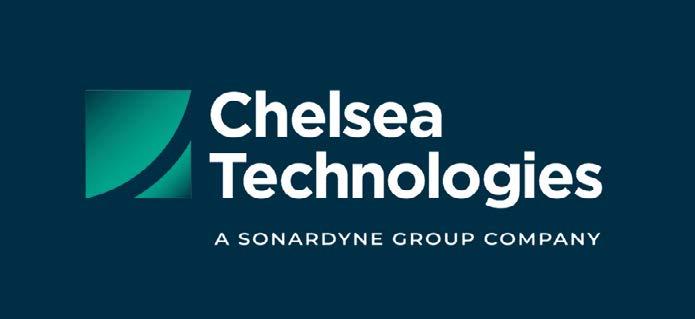
For more information, visit: chelsea.co.uk
MAGTREAT®-S:
SETTING NEW STANDARDS
MagTreat®-S is a stable, non-foaming suspension of magnesium hydroxide that is used as an alkali in marine scrubbers. It is based on the natural mineral brucite and is made in various slurry make-down plants, which are strategically located near main ports.
Since the introduction of IMO 2020 enforcing measurements to drastically reduce the emission of sulphur oxide (SOx) the sales of MagTreat®-S have skyrocketed. What makes shipping lines choose MagTreat®-S and not another alkali?
Henk Don, Managing Director of the Rotterdam-based company Europiren BV says: “I believe it is a combination of various unique properties of our product and our service.” Europiren is the exclusive distribution partner of the Brucite+ group of companies, which includes Russian Mining Chemical Company LLC and its subsidiaries for the mining and processing of brucite (natural magnesium hydroxide). RMCC started its activities in 2002 and reached total sales of 450.000 tons in 2020.
“MagTreat®-S offers significant advantages in handling and efficiency compared to caustic soda” says Don. MagTreat®-S is a non-hazardous product, thanks to it’s buffering capacities at a pH of 10. This is a big advantage in handling and storage as no special requirements are needed. Thanks to the bivalent magnesium ions, magnesium hydroxide is 30% more efficient based on 100% alkali. But caustic soda is delivered as a 50% solution and MagTreat®-S in its highest concentration has 65% solids. In that case, the efficiency of MagTreat®-S is even 70% higher, which means shipping lines can save significantly storage space on board.
The natural magnesium hydroxide from Brucite+ comes from the world’s largest brucite deposits in Russia. It is unique in its high level of purity and the absence of any crystalline quartz. There is often some confusion about the chemical analysis of the different magnesium hydroxides. In the mineral world, it is common practice to list all components as “oxides”, but in reality the components are present in a different chemical form.
Don confirms: “We often get questions about the abrasiveness of MagTreat®-S because people confuse silica (sand) with silicates (for example talc). MagTreat®-S only contains a small percentage of silicates and does not contain noticeable amounts of silica. Silicates have the same hardness as
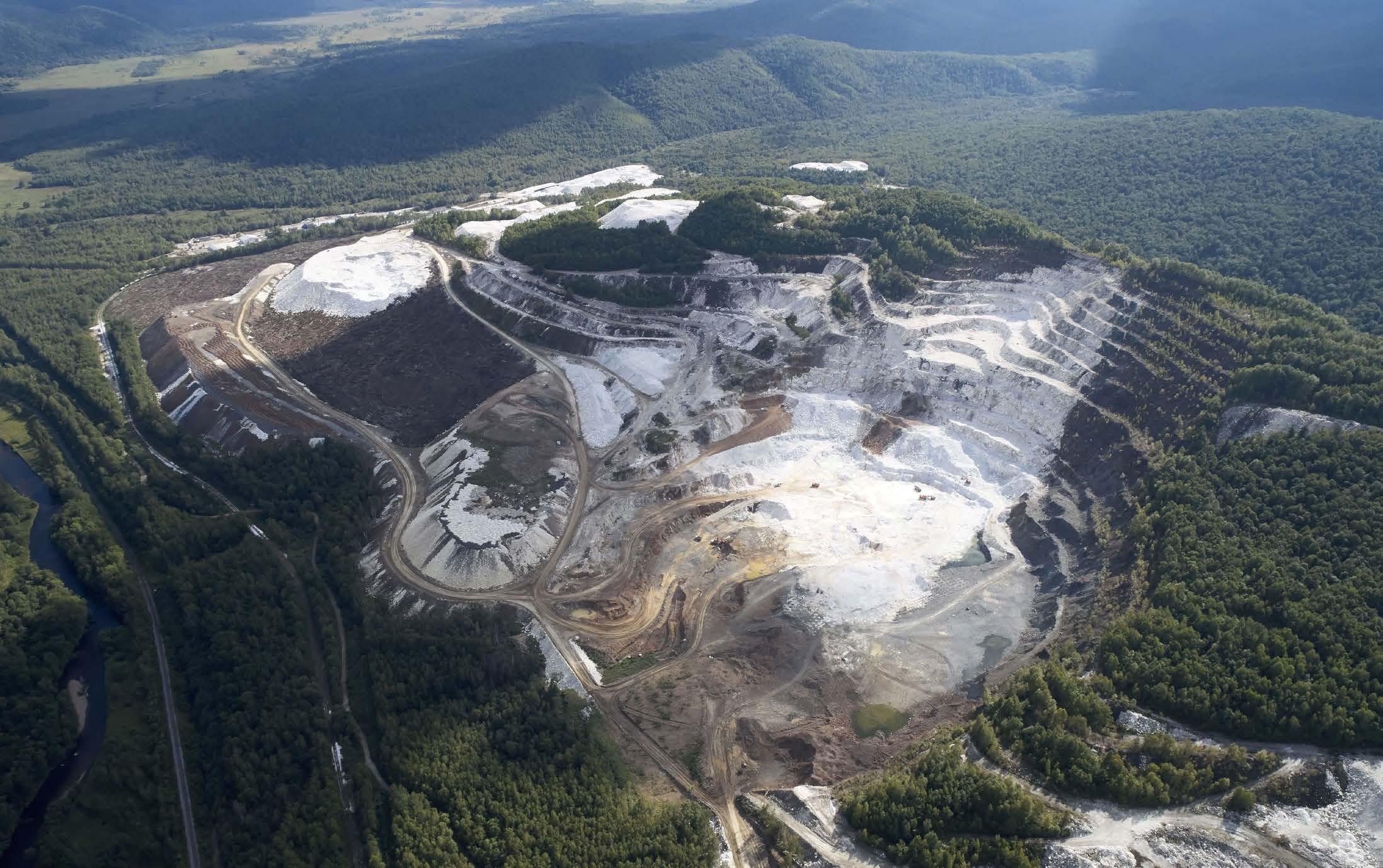
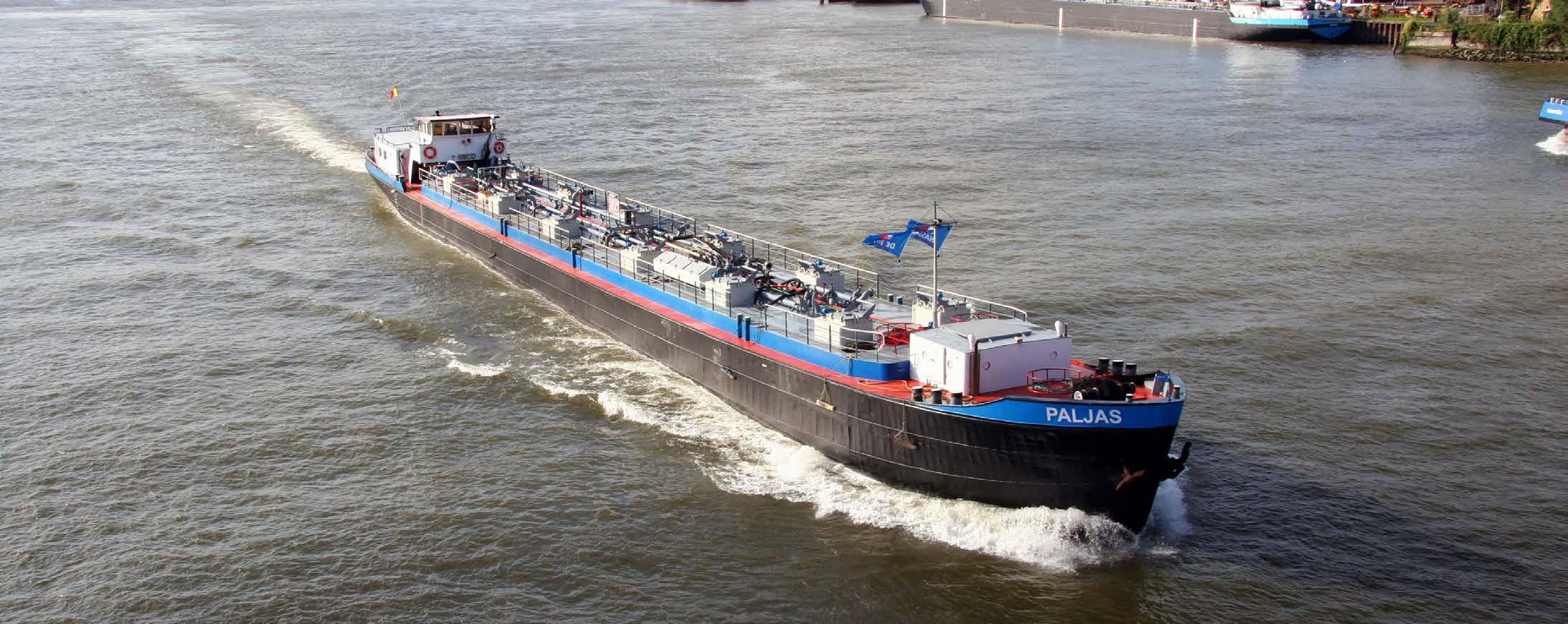
In Antwerp and Rotterdam MagTreat®-S is supplied by barge which offers flexibility in volumes and delivery times
magnesium hydroxide and therefore MagTreat®-S has the same low abrasion rate as synthetic magnesium hydroxide and much lower abrasion rates as brucite from other sources. This is confirmed by endurance tests in extreme conditions in the lab, but even more importantly by the absence of any signs of excessive abrasion after supplying tens of thousands of tons to marine scrubbers.”
Some magnesium hydroxide suspensions are known for creating problems with foaming in the scrubber, but not so for MagTreat®-S. It contains a unique additive that combines stabilisation with anti-foaming properties. Don states: ”Initially, we also had some issues with foaming, depending on the salinity of the scrubber water. But since we changed to a new formulation foaming has not occurred anymore.”
MagTreat®-S is distributed through a network of different slurry makedown plants, strategically located close to main ports. MagTreat®-S is shipped in dry form to different plants where it is processed to a suspension. The suspension can be supplied with different solids contents, ranging from 32 to 65% solids. Don underlines: “We always promote the use of 65% solids because this offers the biggest benefits is terms of economy (lowest costs per ton based upon 100% alkali), storage space required and carbon footprint (less transport of water). But of course, if the customer prefers to buy product with a lower solids content ,we can fulfill those needs as well.”
In Rotterdam and Antwerp MagTreat®-S is supplied by a dedicated barge that also serves as a floating storage. The biggest advantages of supplying by barge are the maximum flexibility (delivery times of less than 24 hours) and the absence of any interruption of the onshore operations. Europiren expects to be able to offer this service also in other ports within the foreseeable future.
Europiren has also started to supply MagTreat®-S to several ports in Asia. According to Don, it supplies from Europe at the moment, but Brucite+ has decided to build a new milling plant in Eastern Russia, close to the border with China. “From there, we can better serve the markets in China and other countries in eastern Asia. We are also in the process of setting up slurry makedown plants close to the main ports in Asia,” Don states.
The carbon footprint of raw materials is gaining importance in many industries and, indeed, also in shipping. MagTreat®-S has a very low carbon footprint: compared to synthetic magnesium hydroxide it is more than 50 times lower and, compared to caustic soda, more than 100 times lower. This is thanks to the absence of any chemical processing and efficient logistics that mean travelling just a short distance by truck with minimal transport of water.
For more information, contact: Rotterdam Science Tower, 18th Floor, Marconistraat 16, 3029 AK Rotterdam, The Netherlands Tel: +31-(0)6-150 81 860 Office: +31-(0)10-350 62 06 E-mail: h.don@europiren.com info@europiren.com europiren.com
PROTEA: MONITORING MARINE EMISSIONS
This is a demonstration of collaboration between users and manufacturer, enabling state-ofthe-art developments to meet the requirements of a critical industrial sector to meet environmental goals.
Protea, among its extensive advanced analyser range, manufacture a marine In-Situ Continuous Emission Analyser. The analyser — the P2000 — is a variant of an analyser previously manufactured by Procal Kittiwake and is an in-situ analyser.
This unique approach to monitoring exhaust emissions monitoring is an ideal solution for the marine industry to enable compliance with IMO regulations. The P2000 In-Situ analyser is fitted directly to the exhaust with the gas monitored within the exhaust duct. The in-situ technique, unlike extractive systems, does not require any sample preparation components.
Extractive monitoring systems require the sample to be transported to an analyser cabinet employing pumps, filters, heated line and other sample conditioning components, all of which necessitate inclusion in a maintenance regime.
The P2000 analyser is certified by several classification societies as an analyser system suitable to monitor sulphur dioxide (SO2) and carbon dioxide (CO2) and report the SO2:CO2 ratio.
The P2000 was first installed on early exhaust gas cleaning systems (EGCS) in 2010 and was developed from a successful land-based analyser. Since 2010, several hundred P2000 have been installed on several classes of vessels, both on scrubbed and un-scrubbed applications.
The installed base of in-situ analysers are photometers using the absorption of selected infrared wavelengths to determine the concentrations of both CO2 and SO2.
The analyser is zero based, therefore every 12 hours the system automatically switches in instrument air, which forces out the exhaust gas from the probe enabling the analyser to verify zero. In the same way, manually or automatically certified test gas can be introduced allowing a span check (Fig 2.)
Protea took over the manufacture of the Kittiwake Procal analyser range, including the successful P2000 used in both land-based and marine applications. In the process of evaluating the performance of the installed base, it was determined that the P2000 was an ideal solution for the majority of land-based applications.
However, for marine installations, the instrument would benefit from a series of product improvements.
Working with existing users and marine industry specialists, the outcome of the evaluation identified three main areas that would benefit from improvements: » Capable of monitoring lower levels of SO2 in a background of relatively high water vapour » Capable of monitoring post scrubber (EGCS) with liquid phase water vapour carryover » Enhanced support to enable vessels engineers to identify and rectify performance issues.
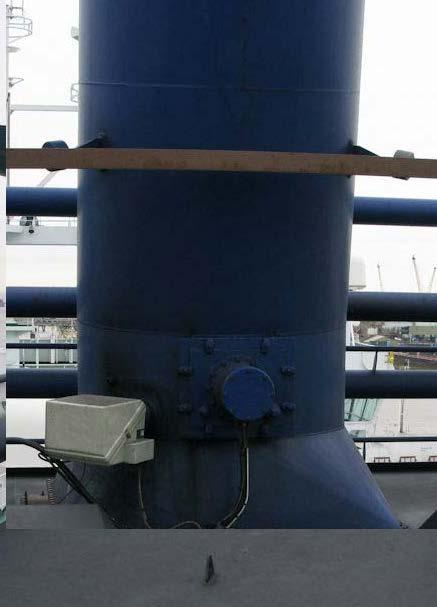

The solutions are as follows:
Capable of monitoring lower levels of Sulphur Dioxide (SO2) in a background of relatively high water vapour
The P2000 is an infra-red analyser, monitors SO2 in a region of infra-red where there is interference from water vapour, in many marine applications involving monitoring post wet scrubbers, and inevitably the water vapour is high and variable.
CO2 is monitored in a part of the infra-red spectrum unaffected by water vapour. As part of the maintenance procedure for the existing installed base of P2000, the visiting service engineer is required to verify that the analyser monitored concentration are unaffected by water vapour. To achieve this, the engineer is required to use a sophisticated water vapour generator, which inevitably adds time and expense to a routine service visit.
PROTEA’S SOLUTION
Develop a highbred UV/IR analyser to monitor the SO2 using Ultra violet (UV), which is unaffected by water vapour. CO2 cannot be monitored in the UV and therefore is still monitored in infra-red.
Capable of monitoring post scrubber (EGCS) with liquid phase water vapour carryover
The analyser probe is mounted within the duct and therefore subject to the emission flow, which if mounted post scrubber in certain designs of EGCS meant liquid water droplets were present. This caused the probe to be “chilled”, resulting in condensation forming and errors in the monitored concentrations.
PROTEA’S SOLUTION
Design an enhanced analyser probe with thermal barriers, which increases the probe temperature, thus ensuring any liquid water is vaporised before coming in contact with the system insitu optics.
Enhanced support to enable vessels engineers to identify and rectify performance issues
PROTEA’S SOLUTION
Develop an integrated software application that automatically runs a routine that collects data under all the phases of operation. These include zero (instrument air), certified test gas and process. The data is collected in a file which is then e-mailed to Protea support for analysis. Findings including any remedial actions are then reported back to the vessel’s chief engineer. This approach has been invaluable during the current pandemic, which has enable Protea to support installed systems remotely.
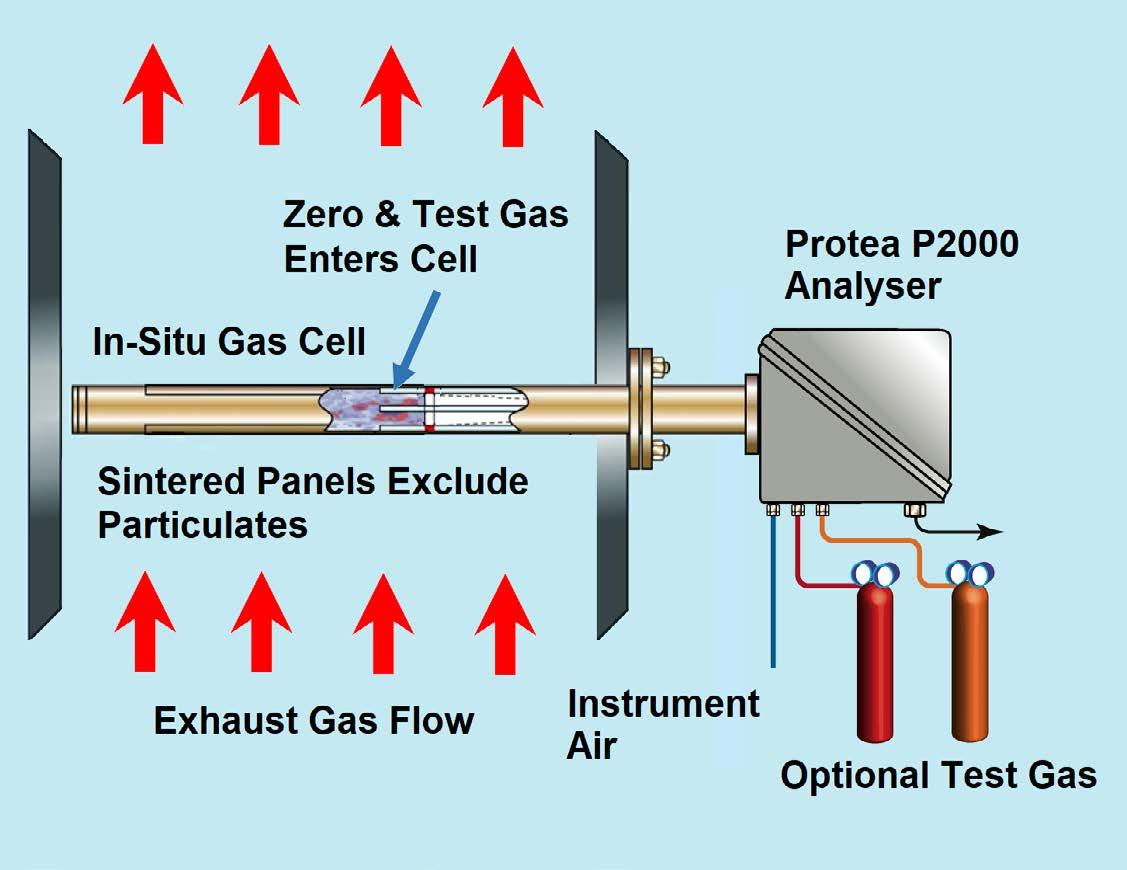
PROTEA’S SUPPORT
In addition to acquiring the Procal Kittiwake products, Protea has also taken over the support of the installed base of marine installations. Protea is the only organisation able to support the Procal Kittiwake P2000 installed instruments with marine Clarification Society Certified spares.
Protea has also entered into contracts to update existing installations to the latest standard with the current uses of the P2000 analysers. This includes system software upgrades, enabling the operator to take advantage of the remote diagnostic capability of Protea’s customer support team.
In addition, Protea operates an extensive worldwide network of factory trained sales and service partners strategically located to support the marine industry.
Protea would like to invite all users of the Parker Kittiwake Procal P2000 to enter into a conversation of ongoing support and cost-effective upgrade of their current Exhaust Emission Monitoring analysers.
Protea would also like to thank and recognise the input from our valued marine engineering end-users for their undoubted expertise in improving our products for installation in their challenging application.
For more information, visit: protea.ltd.uk
SAACKE MARINE SYSTEMS:
BREAKING NEW GROUND
SAACKE Marine Systems is breaking new ground in methane combustion on LNG tankers with its new product – the GCU evo.
The further development of its existing Gas Combustion Unit (GCU)consists of a cost-effective combination of the combustion unit with a modified grid burner. The abbreviation evo stands for “evolution”.
Due to the limited space on LNG tankers, SAACKE has designed this system solution incorporating significantly smaller dimensions with the same or even improved performance.
In addition to saving space, the new model offers many further advantages for marine engineering. For example, nitrogen oxide (NOx) emissions are reduced in the range of 60-80mg/m3 thanks to special cold flame technology. For any assistance, digital remote support can be used, too. STANDALONE SOLUTION AND EASY HANDLING
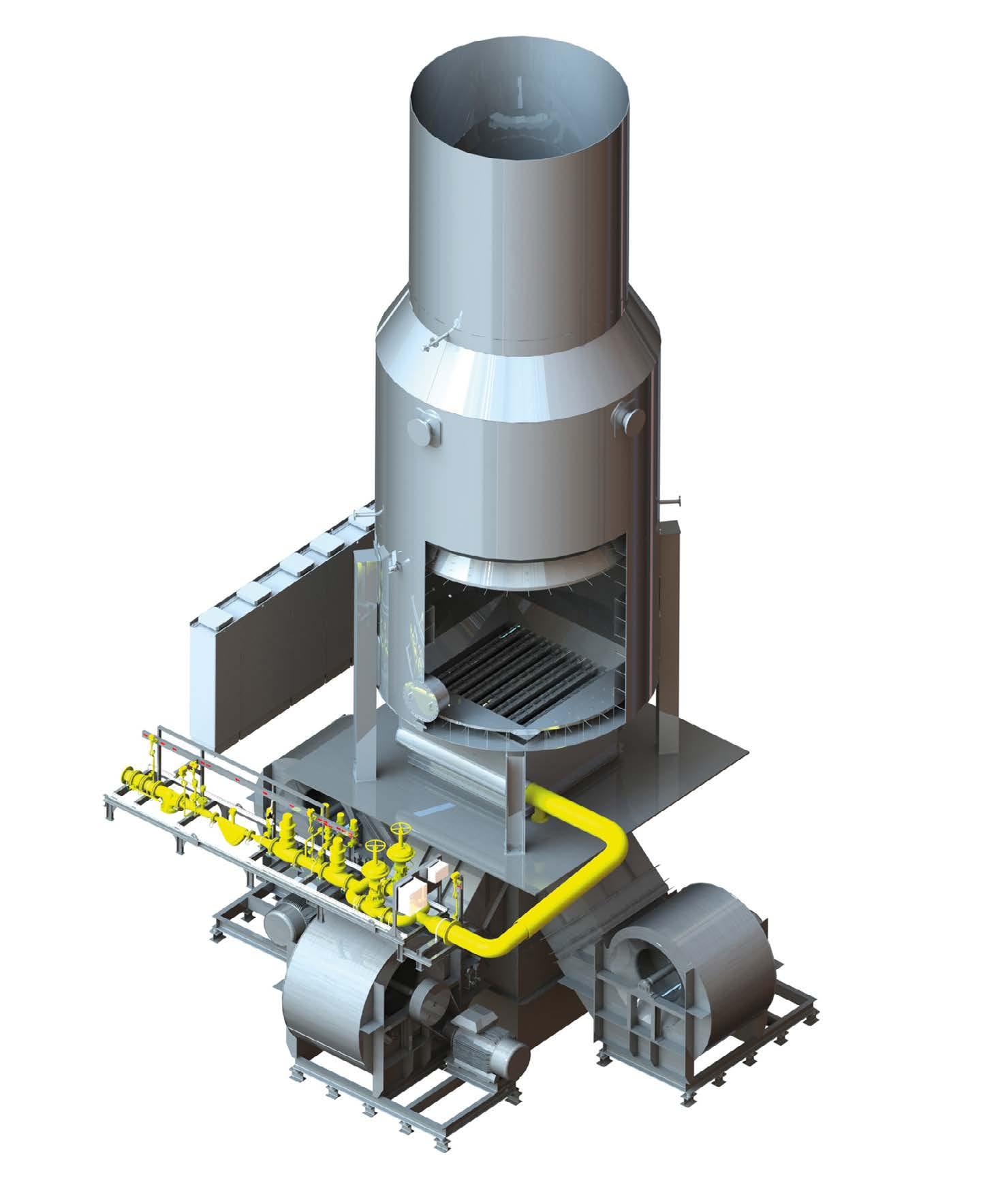
The optimised design not only reduces the required space on board, but also installation costs and thus the effort for customers when using a SAACKE GCU.
In addition, maintenance costs can be reduced due to the lower complexity of the system. No special foundation is required for the GCU evo with an output of 5.5 to 63MW. The system can be mounted directly on the deck as a standalone unit with simple installation.
In addition, due to its compact design and functionality, the grid burner offers a short flame and requires a smaller number of blowers. The further development does not forego the proven strengths of the existing GCU – such as fail-safe control, electric ignition and the 100 % free-flow solution for combustion of the methane components in the climate-damaging boil-off gas without a compressor and at very low pressure.
The GCU evo, which is ready for series production, is available in different output sizes from 0.4-4.5t/h methane combustion with various size gradations.
Based in Bremen, Germany, SAACKE GmbH specialises in thermal processes and systems for industrial and maritime energy management and is one of the world market leaders in this field. Since its inventing and patenting in 2003, SAACKE has sold more than 110 Gas Combustion Units.
The GCU evo

